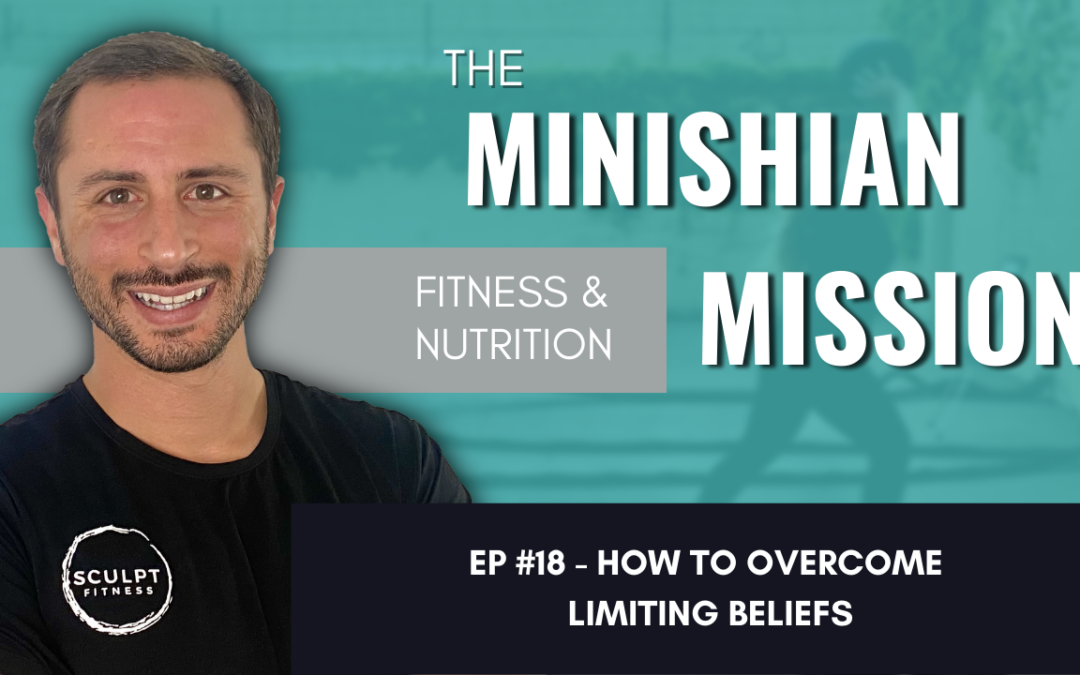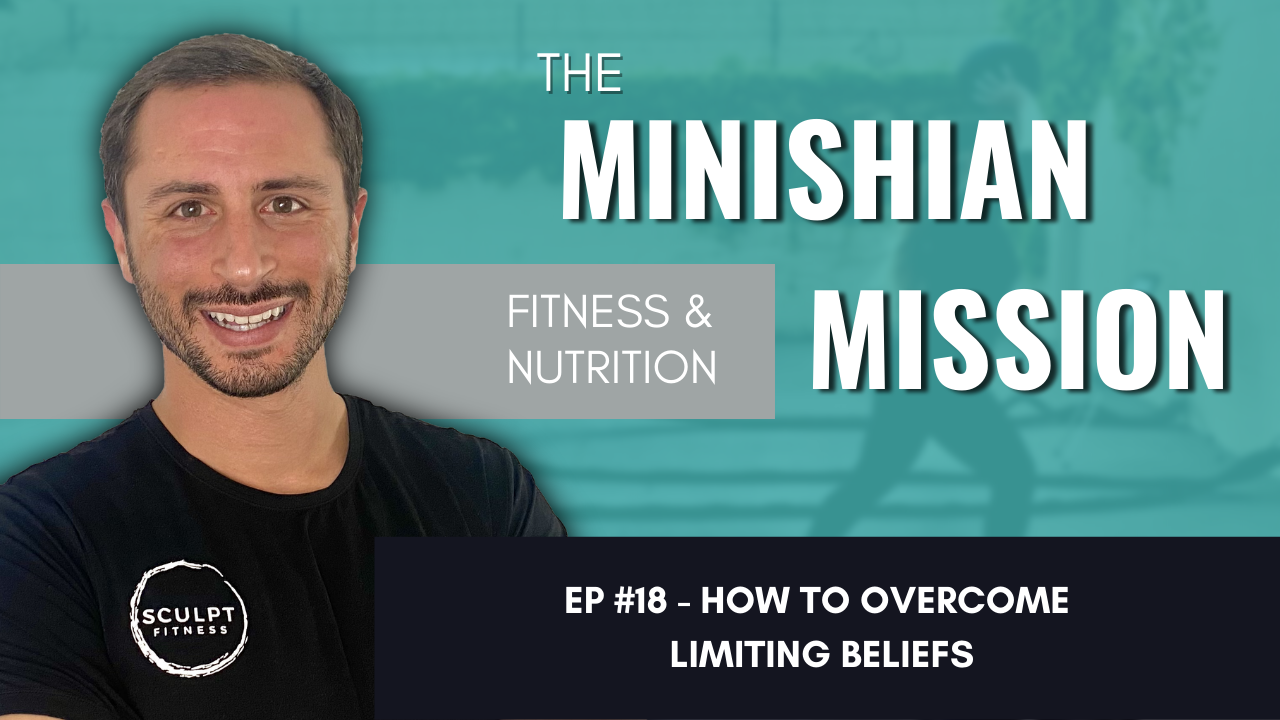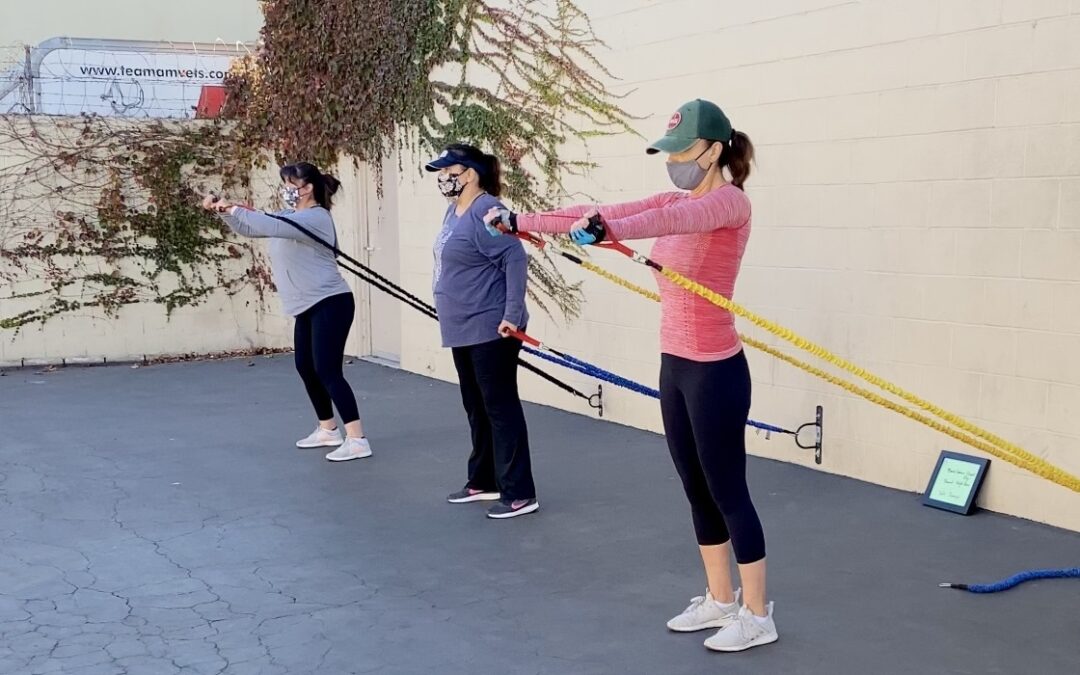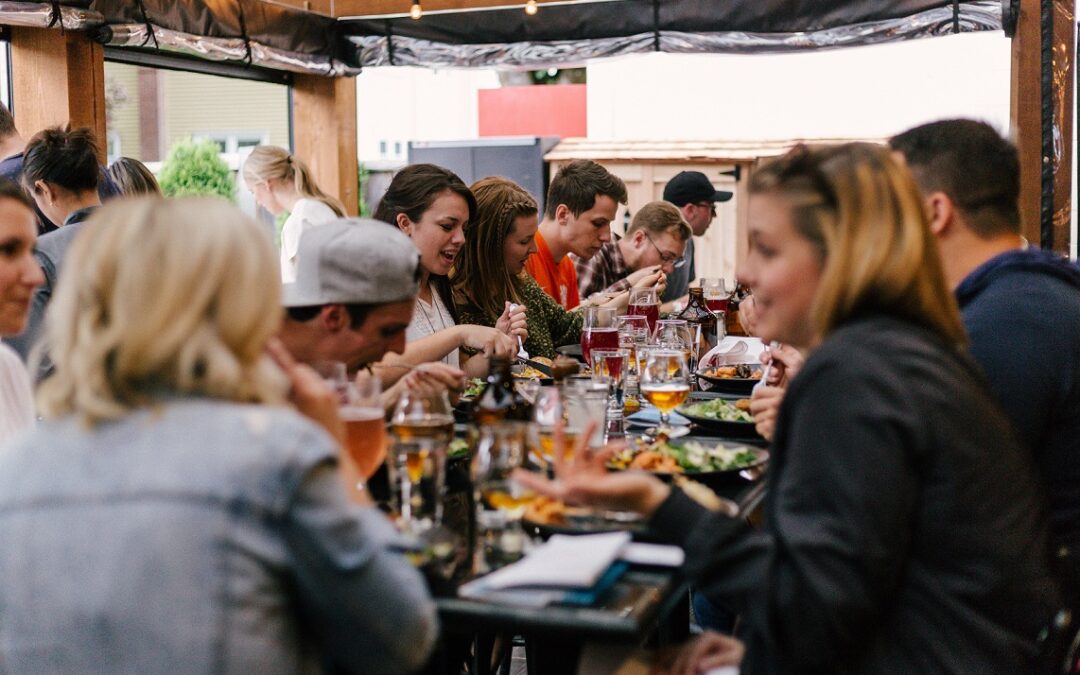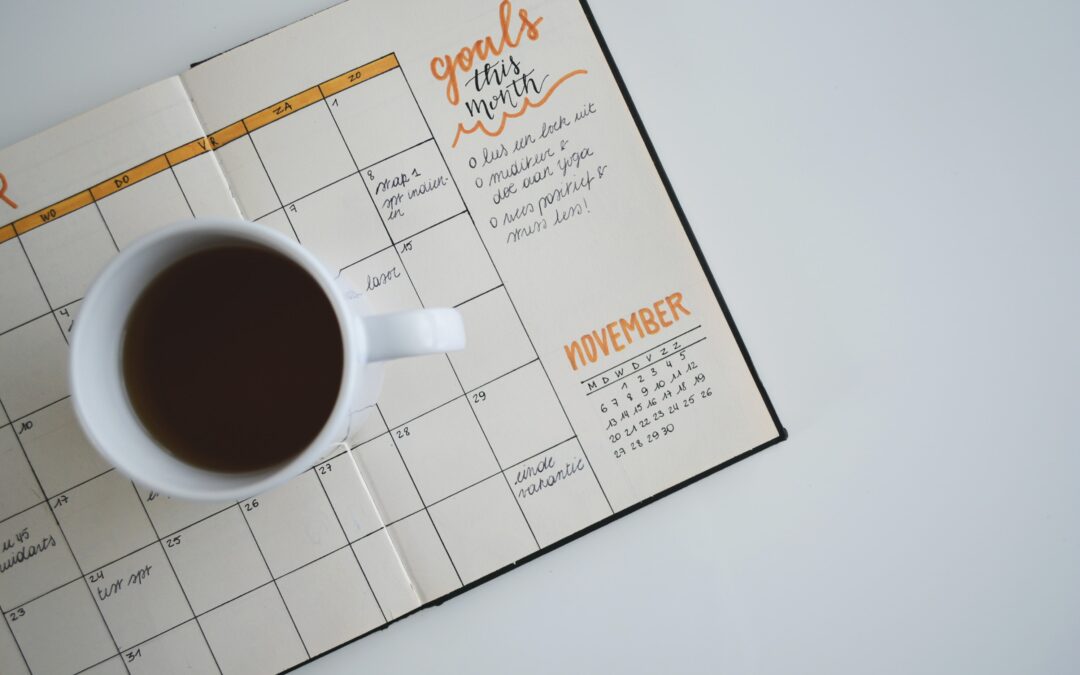
8 Tricks for Staying Disciplined During a Weight Loss Journey
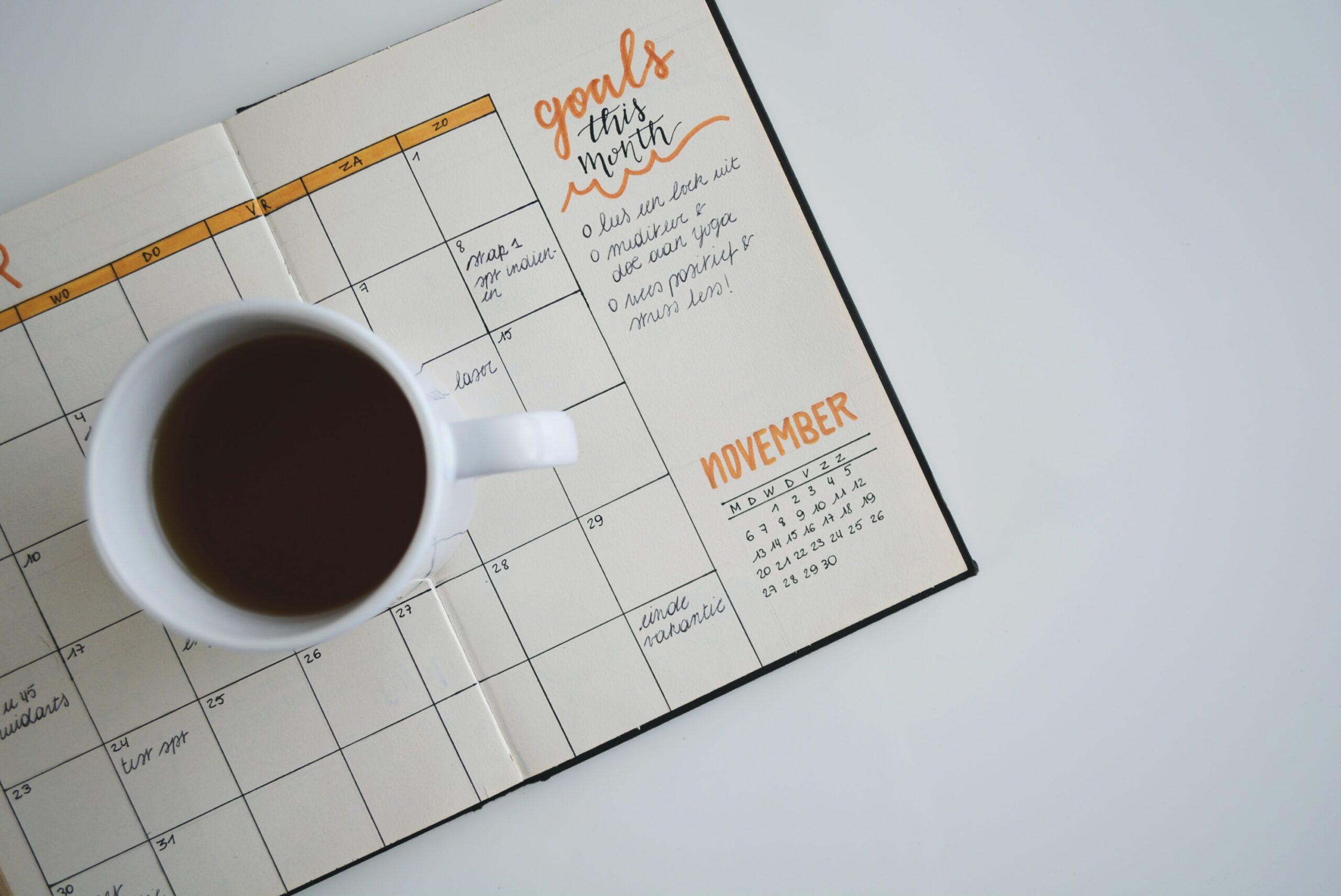
These 8 tricks to staying disciplined only work if you do them. My advice is to glance through these, then choose 1 or 2 that will work best for you.
I’ve seen more people have success with #7 than any other tip below. It’s my personal favorite.
1. Set Process Goals
Losing weight is no easy feat, and it requires discipline to stay on track. The best way to stay disciplined during your weight loss journey is to create clear goals that you can work towards. It’s important that these goals are realistic, measurable, and achievable, so you can objectively see your progress during your journey. For example, instead of saying “I want to lose 10 pounds in two weeks” try setting a process goal such as “I will walk for 30 minutes every day this week” or “I will eat five servings of fruits and vegetables each day this week.” Setting process goals like this will help keep you disciplined throughout your weight loss journey.
2. Track Your Progress
Tracking your progress along the way can be an effective tool in keeping yourself disciplined while on a weight loss journey. Tracking metrics such as body measurements (waist size), body fat percentage, daily caloric intake or weekly calorie deficit can help provide insight into how far you have come and how close you are to reaching your end goal. Keeping records of multiple metrics allows you to see progress in different areas. This is especially helpful if results take longer than expected! Additionally, tracking progress may reveal unhealthy habits that could be hindering success. Once you’ve identified these trends, you’ll be better equipped to create an action plan based on your needs.
3. Celebrate Small Wins
Losing weight isn’t always about the number on the scale; celebrating small wins along the way is important to stay disciplined and continue making healthier decisions consistently over time. These small consistent decisions ultimately lead towards bigger successes down the road! The small celebrations include things like eating breakfast everyday, not skipping meals, or meeting daily step count goals using a fitness tracker device. Whenever you feel like giving up, remember to celebrate the little victories. They add up big time in the long run!
4. Reward Yourself
Reward yourself after hitting certain milestones within your weight loss journey. Reaching long term goals is hard and rewards can help reinforce the habits you need to succeed. Even though food will likely be on your mind if you’re dieting, rewards do not necessarily have food related. Other ideas might include buying new workout clothes or planning a fun night out. The important part is that you choose something you’ll enjoy doing and receiving as a reward for the hard work put in!
5. Find Inspiration From Others
Craft your social media accounts to send you inspiration from others. Social media algorithms are powerful. By interacting with positive pages and posts that provide encouragement during your journey, the social media algorithms will continue to send you similar content. Finding accounts and individuals that share similar stories and experiences can provide the positive support you need to stay focused on your goal. You may glean useful information about how others overcame the similar challenges you’re facing. Creating an environment that drives your success is critical.
6. Make Exercise Fun
Exercising doesn’t have to be a boring chore you check off your daily list. Instead, plan to incorporate ways you enjoy moving. This can include regularly participating in a sport, joining a dance class, or taking yoga. Find creative ways to incorporate physical activity into your life. It’s recommended that resistance based training be the foundation of your exercise, but this recommendation isn’t exclusive to other types of movement. It’s more important to make exercise fun and find something you love.
7. Create A Support System
Creating a support system with family members or friends who understand what it takes to maintain healthy habits is key in staying disciplined while losing weight. Having people in your corner who cheer you on encourages better behavior choices, especially when those supporting you are familiar with the effort that goes into achieving success with the diet plan or exercise routine you’ve chosen. When someone else holds us accountable, it adds extra incentive when we need an extra push! Many gyms also offer group classes where people can go together and encourage one another during their workouts – providing both physical activity guidance from professionals plus social interaction which makes exercising more enjoyable overall! If you’re local to our facility, check out our Small Group or Semi-Private programs.
8. Stay Positive
Lastly, maintain a positive attitude throughout the entire process. You can expect to have ups and downs, but it’s essential to stay true to the plan you laid out from the beginning no matter the outcome. Even though your goal is weight loss, your success lies in your ability to maintain lifestyle changes long term. This is the real determinant of losing weight and keeping it off. Don’t let negative self-talk distract you, but remind yourself of the positive changes you’ve made thus far to prevent falling back to old behaviors and undoing all progress you’ve accomplished. Stay the course. You can do this!
Ready to create a sustainable lifestyle and
build the body you want?

David Minishian, MPH
Fitness and Nutrition Coach
David is the owner and coach at Sculpt Fitness in Long Beach, CA. The mission he has started at Sculpt is to educate, equip, and empower the local community to make the best decisions for their health. He has been coaching exercise and nutrition for over 10 years, helping clients create sustainable lifestyle to build the body they want. When he's not training, coaching or cooking, David is on an adventure with his wife and daughter or teeing up his next shot on a golf course.
